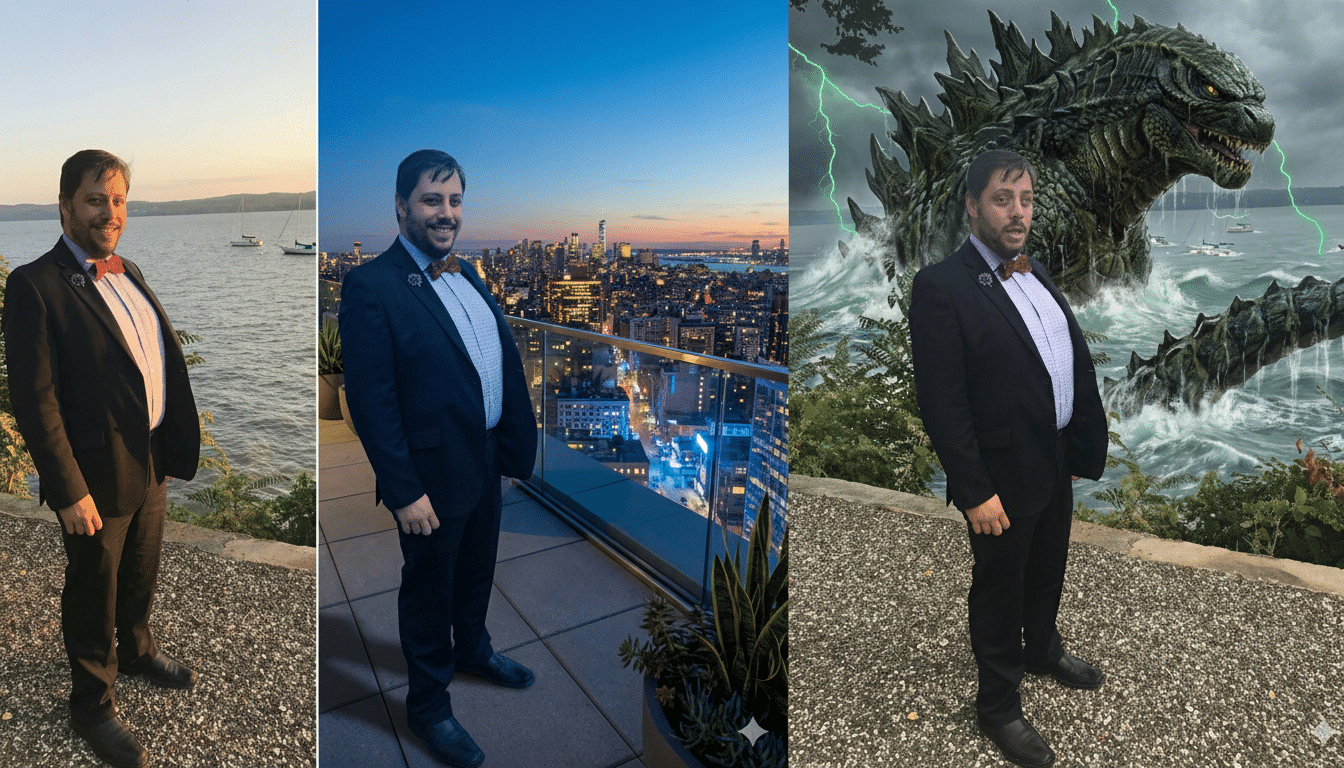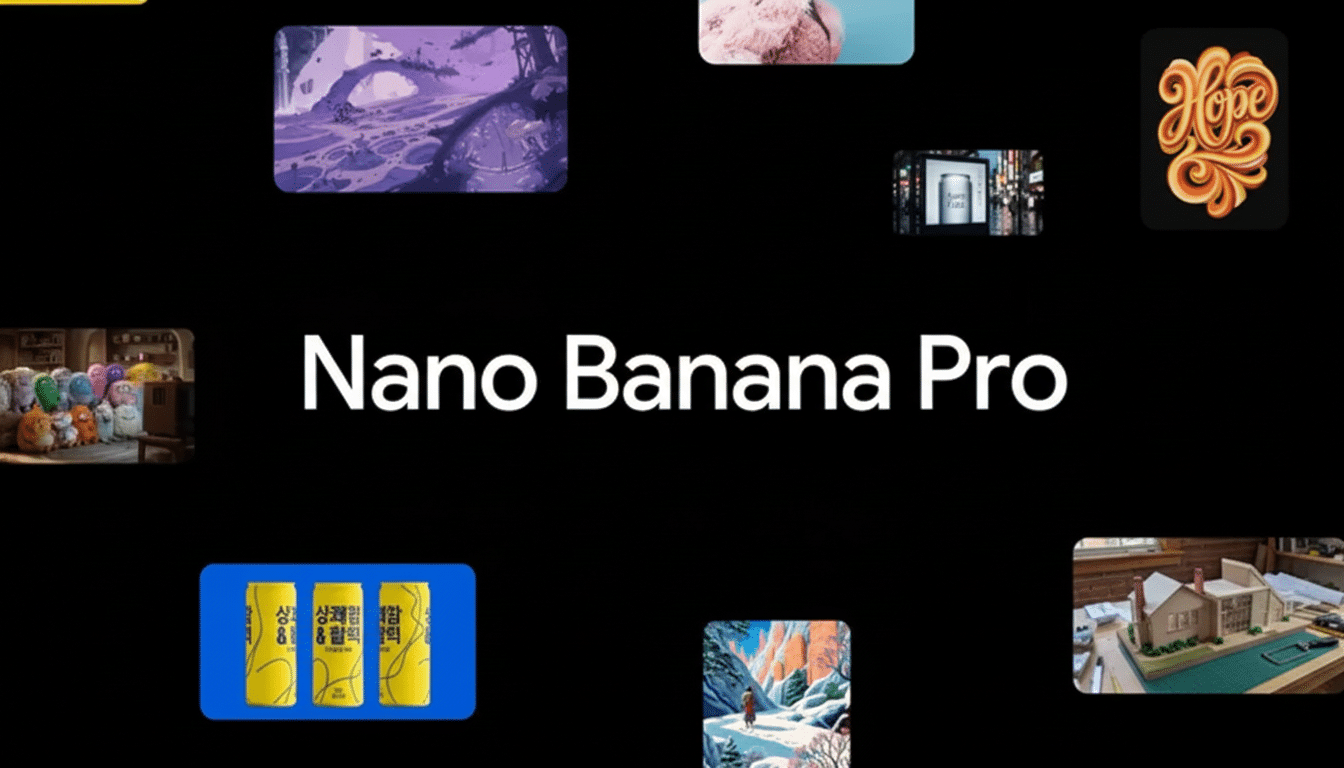Free access to Google’s latest image model is growing more severe, while paring back (grudgingly so) the daily prompt allowance for Gemini’s Nano Banana Pro image generation on free accounts, not to mention general usage, as well as adding broader “basic access” language to its top text model, Gemini 3.
What Free Users Will Lose Under New Gemini Nano Limits
The company decided to cut free users off at 2 prompts a day with Nano Banana Pro, which was previously 3 when the product debuted. Once you run out of credits, the system naturally falls back to the normal image model, which for now is Nano Banana or Gemini 2.5 Flash Image.
- What Free Users Will Lose Under New Gemini Nano Limits
- Why Google Is Cracking Down on Free Image Generation
- Paid Tiers Remain Unchanged for AI Pro and AI Ultra Users
- How These New Limits Could Change Your Creative Workflows
- Context in the AI Market as Free Access Tightens Further
- The Bottom Line on Google’s New Gemini Access Restrictions

The decision is based on “high demand” for generating and editing images, according to the company’s support documentation discovered by 9to5Google. Google also points out that those limits reset every day and they “may change frequently,” a sign that the cap could again nudge up or down as load and costs vary.
Meanwhile, Gemini 3 offered access on free accounts went from being quota-based to “basic access,” too. Before now, Google marketed 5 prompts a day for its advanced text model. Dynamic throttling is implied in the new wording, rather than a certain number each day.
Why Google Is Cracking Down on Free Image Generation
Bursty demand after any new model launch can test GPU capacity, and image generation remains one of the more compute-intensive consumer AI workloads. Industry analysts at SemiAnalysis and Epoch AI have even gone as far as to point out that per-image inference costs remain in the low cents at popular resolutions—something that is manageable at scale for paid tiers, however, costly to give away willy-nilly without guardrails.
Dynamic limits allow Google to flatten traffic, maintain latency for paying users, and avoid the threat of abuse. We expect the company to fine-tune these thresholds as usage patterns stabilize and optimization work, such as model distillation, caching, better scheduling, etc., helps bring down costs.
Paid Tiers Remain Unchanged for AI Pro and AI Ultra Users
Paid users of Google are not affected. With the AI Pro plan, you would still get up to 100 Gemini 3 prompts and 100 image generation credits per day. For power users and demanding creative workflows with higher volumes, the AI Ultra tier delivers 500 prompts and 1,000 Nano Banana Pro images per day.

This reflects a wider freemium trend in generative AI: free access is still effectively try-before-you-buy; reliable volume and priority routing are behind paywalls.
How These New Limits Could Change Your Creative Workflows
If you depend on Nano Banana Pro as a quick and dirty source of, say, concepting or visual drafting prompts, aim to get the heavy hitters taken care of in short order. When you run out of Pro credits, the fallback model comes in—and that model can change the detail, style consistency, and edit fidelity for iterations.
Since editing joins generation in Google’s “high demand” bucket, let’s posit edits consume the same 24-hour pool as generations do. A pragmatic solution is to combine minor variations into well-scoped prompts, minimize re-renders that would otherwise be redundant, and browse directions through thumbnails before fetching full-resolution outputs.
Context in the AI Market as Free Access Tightens Further
Competitors have taken similar steps. OpenAI has had to tweak free ChatGPT capacity over and over based on demand, while Midjourney and Adobe have straightforward paywalls for continued or commercial image use. As models grow bigger, and inference grows more sophisticated (think of multi-image composition and photorealistic edits with fine-grain controls), economics favor paid tiers for reliability and scale.
For Google, the variable limits are also a kind of real-time pressure valve: when usage suddenly surges, caps can be tightened; when infrastructure becomes available, free allowances can loosen. The “may change frequently” clause from the company solidifies that elasticity.
The Bottom Line on Google’s New Gemini Access Restrictions
Access to Gemini’s most powerful image model is now limited, and text prompts on the top model are under a fluid ceiling. If your work relies on a predictable volume of processed output or consistent model behavior, you may want to budget the transition for a paid tier. Otherwise, you will see yourself working within even smaller daily windows going forward, though do be sure to keep an eye on Google’s support notes for the next cycle of tweaks.

